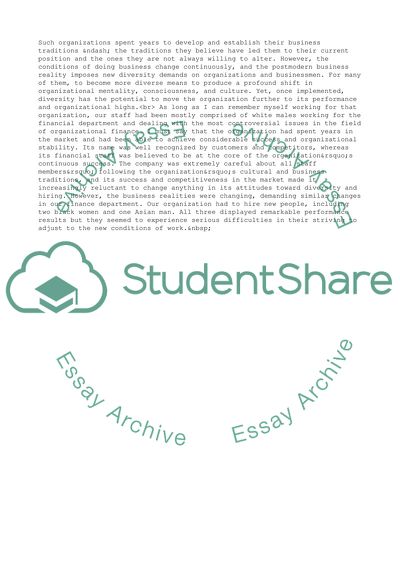Cite this document
(“A Change Management Issue Term Paper Example | Topics and Well Written Essays - 2500 words”, n.d.)
A Change Management Issue Term Paper Example | Topics and Well Written Essays - 2500 words. Retrieved from https://studentshare.org/management/1748258-a-change-management-issue
A Change Management Issue Term Paper Example | Topics and Well Written Essays - 2500 words. Retrieved from https://studentshare.org/management/1748258-a-change-management-issue
(A Change Management Issue Term Paper Example | Topics and Well Written Essays - 2500 Words)
A Change Management Issue Term Paper Example | Topics and Well Written Essays - 2500 Words. https://studentshare.org/management/1748258-a-change-management-issue.
A Change Management Issue Term Paper Example | Topics and Well Written Essays - 2500 Words. https://studentshare.org/management/1748258-a-change-management-issue.
“A Change Management Issue Term Paper Example | Topics and Well Written Essays - 2500 Words”, n.d. https://studentshare.org/management/1748258-a-change-management-issue.


